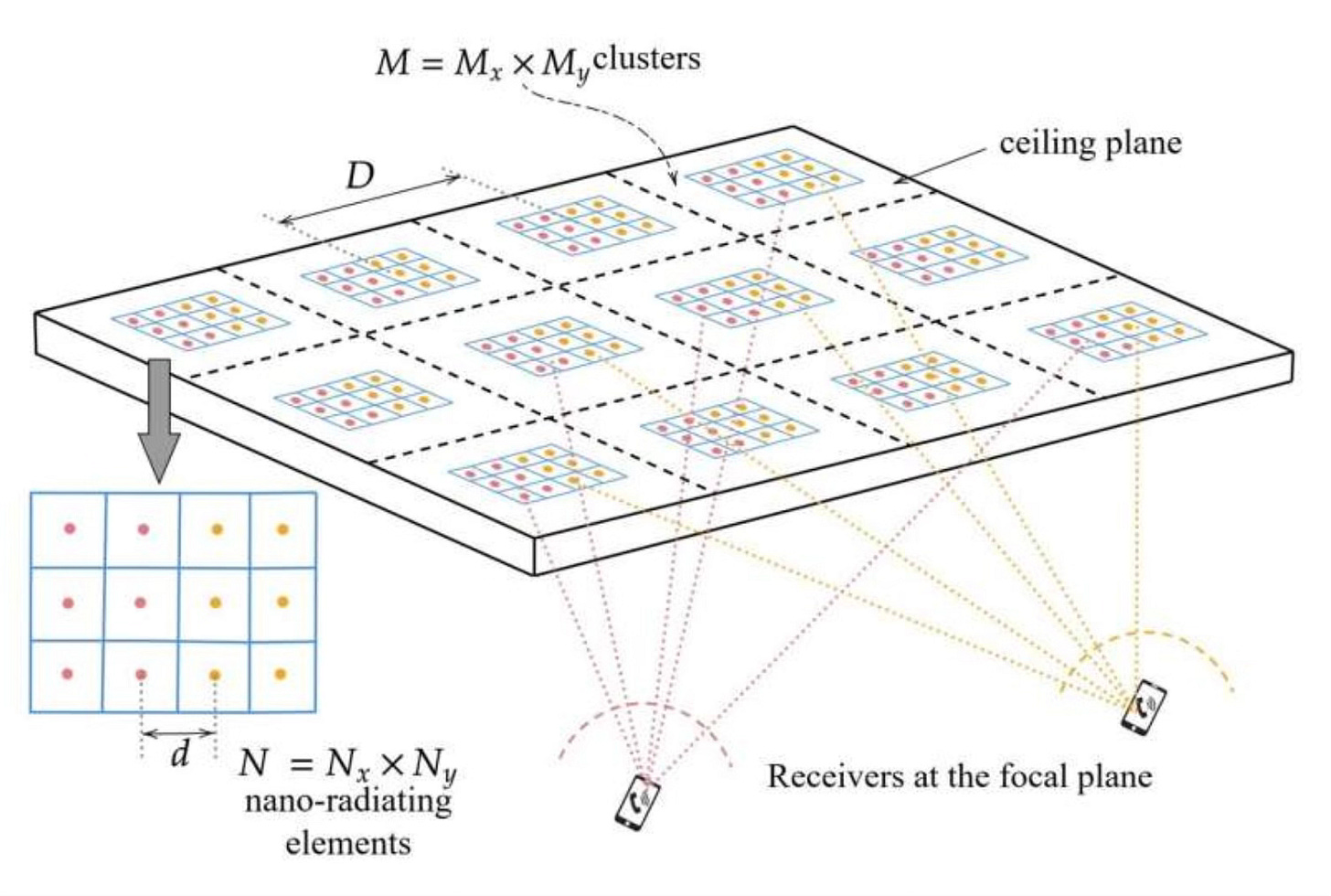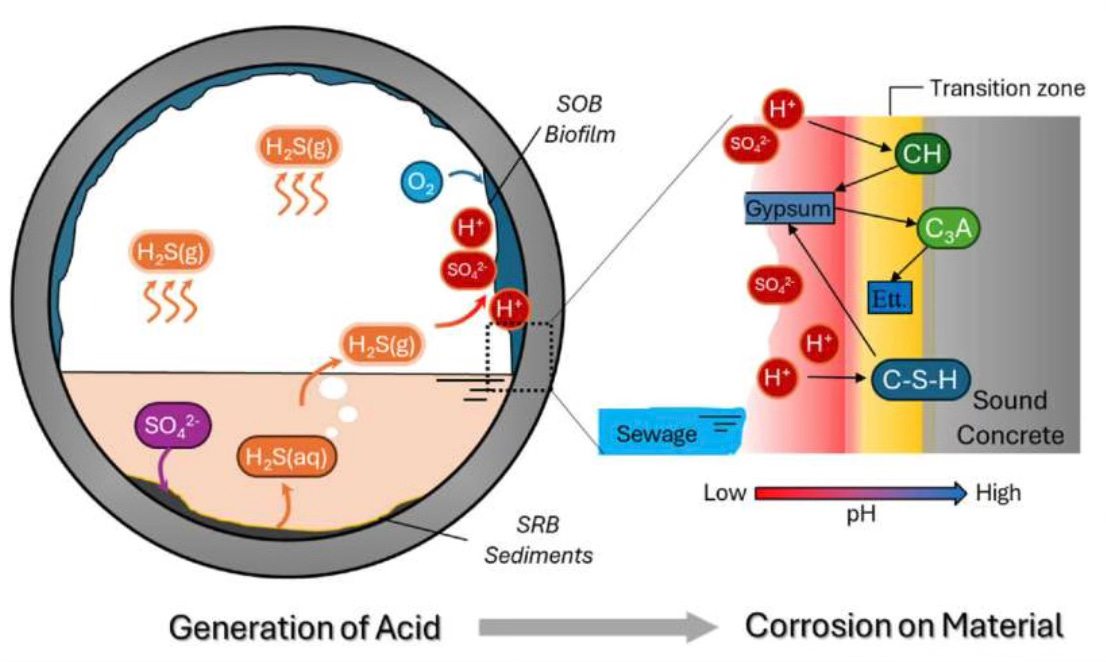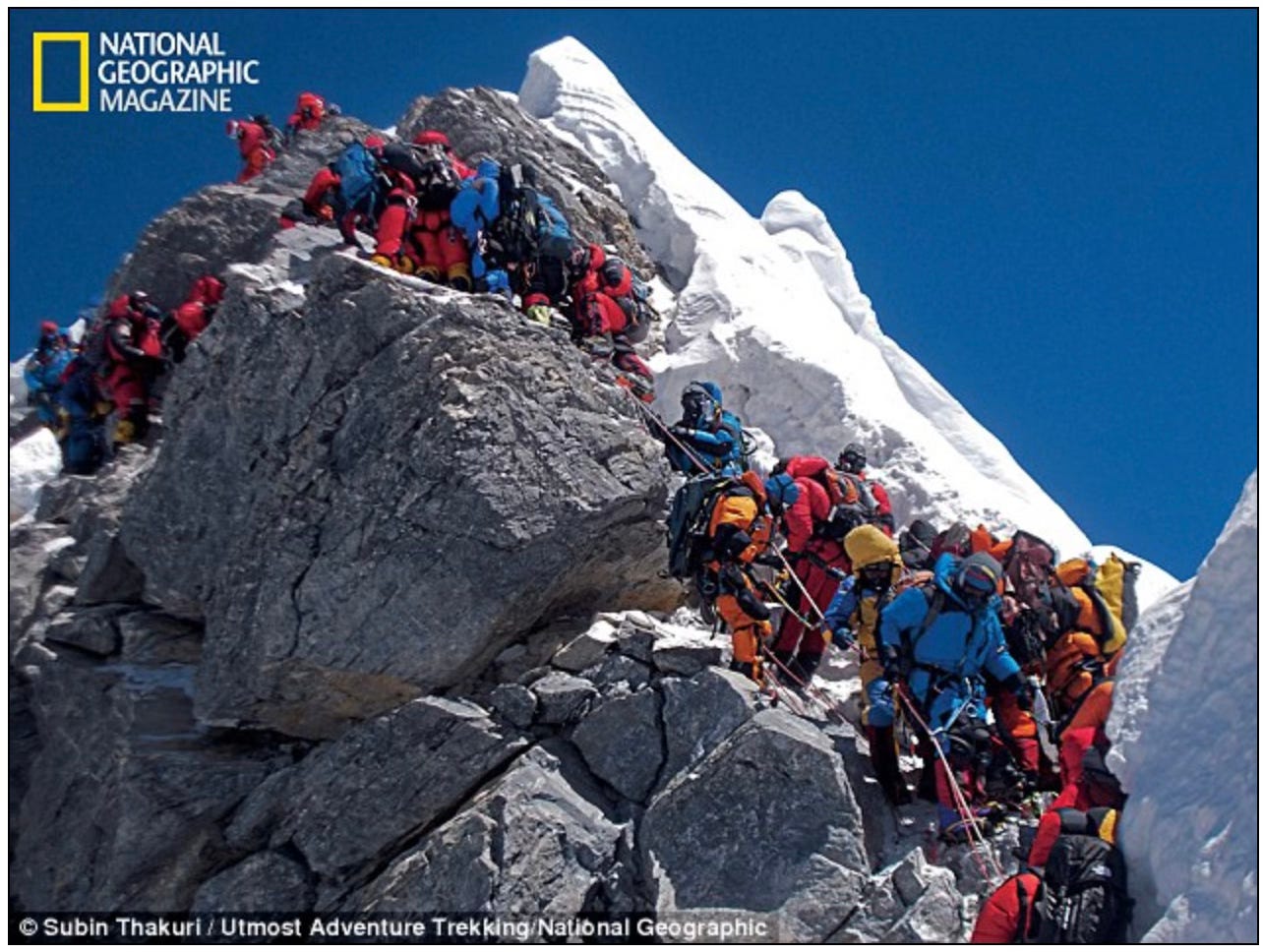This week we investigate the use of light based communication systems in place of our current radio based wifi. We consider how front brake lights in cars might improve road safety. We discover a new material made from water treatment sludge and blast furnace slag. This material is perfect for sewer pipes and far better than the current concrete alternatives. Finally we meet a group of British climbers that conquered Everest in a significantly shorter time due to the use of Xenon prior to the climb.
Using Light instead of Wifi
The current radio frequency based wifi and Bluetooth systems are reaching their limits in terms of spectrum and precision. A team from Monash University in Melbourne have developed an indoor optical wireless communication system that uses finely tuned infra red beams to deliver lightning fast, interference free connections indoors.
The team has developed a phased array within a phased array that has small clusters of infra red emitters arranged within a larger grid across a ceiling. The clusters work together to form intelligent focused beams aimed directly at users. The layered designs allows connectivity for multiple users at the one time.
Each cluster can reconfigure itself into sub clusters, enabling precise control and dynamic targeting of individual devices. This allows many connections in a crowded area without interference. Rather than lighting up the whole ceiling, only the required clusters are activated at any one time. This saves energy and boosts performance.
The system could be used in offices, homes, hospitals, shopping centers and other areas requiring connectivity. The use of infrared wavelengths means the beams are not visible to humans under normal conditions so do not interfere with other activity.
Front Brake Lights
The idea of having front brake lights on cars has been around for some time however no manufacturer has added them to their product offering. A team from Graz University of Technology (Austria) and Bonn Institute for Legal and Traffic Psychology has now analyzed the effects of front brake lights on road safety.
Their analysis of 200 real accidents at road junctions showed that (depending upon the reaction time of drivers) 7.5% to 17% of accidents would have been avoided with the addition of a brake light in the front of the vehicle. In 25% of cases the lights would have reduced the speed and thus the impact and injuries incurred.
Green front brake lights signal to oncoming road users (and possibly to those coming from either side) that a vehicle is braking and if the brake lights go out, that a stationary vehicle is now moving. The visual signal can significantly reduce the reaction time of other road users.
A field test has been carried out in Slovenia in real traffic. Data from this trial was used to build the assumptions in the team’s simulation of actual accidents. Front brake lights are only useful if they can be seen. In many of the accidents studied green brake lights on the front of a car were unlikely to be visible. The team recommended side green brake lights to increase visibility. Further into the future car to car communication of actions via Li-Fi will assist further (this is how self driving cars will communicate with each other in the future).
Concrete from Water Treatment Sludge
One of my loyal readers regularly asks for more stories about concrete. It is a rapidly evolving space and one that he is heavily invested in. Concrete is widely used for making sewerage pipes due to its’ strength and availability however it is susceptible to acid and microbial corrosion.
A team at the University of South Australia have combined sludge, a by-product of drinking water purification, and blast furnace slag to develop a corrosive resistant material that can make new sewer pipes. The new material is 50% stronger than cement and resistant to acid induced degradation. It also limited the penetration of sulfur oxidizing bacteria.
The material has the potential to extend the service life of sewer pipes and reduce maintenance costs. South Australia alone has 9300 kilometers of sewer pipes with high maintenance costs. Globally the length of the sewer networks would circle the globe several times.
Using Xenon to help climb Everest
One of the great dangers in climbing at high altitudes is not being acclimatized to the altitude before commencing the climb. Climbers usually spend several weeks on the mountain to adjust to being at high altitude. A group of four British climbers have used Xenon gas to allow them to bypass this acclimatization process.
The British team had inhaled Xenon gas in Germany prior to commencing their trip from London. The team slept in special tents that simulate high altitude prior to embarking. They managed to summit Everest five days after leaving London.
Xenon is a colourless odourless gas that exists in our atmosphere at very low concentrations. It has some anesthetic and medical uses. For climbing, it also improves acclimatization and protects the body from altitude sickness and the low oxygen environment.
The Xenon kept the climb shorter and safer. The climbers spent less time on the mountain and left less garbage and human waste. Crowding on Everest has become a significant issue in recent years. This photo from 2012 at the peak of tourist climbing season shows the extent of the crowding. The number of climbers allowed on the mountain at one time has been more limited in recent years.
Paying it Forward
If you have a start-up or know of a start-up that has a product ready for market please let me know. I would be happy to have a look and feature the startup in this newsletter. Also if any startups need introductions please get in touch and I will help where I can.
If you have any questions or comments please comment below.
I would also appreciate it if you could forward this newsletter to anyone that you think might be interested or provide a recommendation on Substack.






